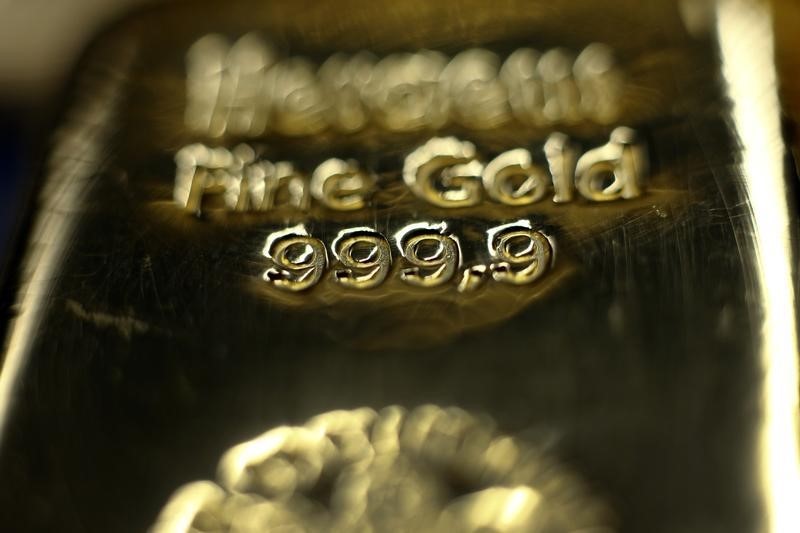Gold prices extend losses, but set for monthly jump amid trade jitters
- April 30, 2025
- Category: Futures

Investing.com-- Gold prices extended declines in Asian trading on Wednesday, as the U.S. administration reduced the impact of auto tariffs amid signs of easing trade tensions, while investors cautiously awaited key U.S. data to gauge the Federal Reserve’s rate outlook.
Despite the dip, gold was set for its fourth consecutive monthly rise, with a nearly 6% jump in April so far.
As of 02:30 ET (06:30 GMT), Spot Gold fell 0.4% to $3,305.10 per ounce, while Gold Futures expiring in June lost 0.6% to $3,314.94 an ounce.
Auto tariff relief, trade hopes pressure gold prices
President Trump signed two orders on Tuesday to ease the impact of auto tariffs, offering tax credits and tariff relief on materials.
In another positive note on the trade front, Commerce Secretary Howard Lutnick told CNBC that the U.S. was close to announcing a major trade deal.
These developments eased some fears around rising US-Sino trade tensions, putting downward pressure on gold, which recently reached record highs amid rising global uncertainty.
“However, the extended uncertainty in the US-China trade talks and economic instability should continue to support safe-haven demand for gold,” ING analysts said in a recent note.
Among other precious metals, Silver Futures slipped 1.3% to $32.855 an ounce, while Platinum futures were unchanged at $979.05 an ounce.
US PCE, jobs, GDP data awaited to gauge Fed outlook
Data on Tuesday showed that the U.S. consumer confidence index dropped to its lowest reading since May 2020, while JOLTS Job Openings for March fell to 7.192 million from 7.48 million.
Investors now await the Federal Reserve’s preferred inflation gauge – the PCE price index , the monthly U.S. jobs report, and first-quarter gross domestic product (GDP) data, all due later this week.
These datapoints will be crucial to gauge the Fed’s rate outlook, as it has adopted a wait-and-see approach amid global trade uncertainty.
Copper falls on weak China manufacturing PMI
Copper prices fell on Wednesday as weak factory activity data from top copper importer China weighed on the sentiment.
China’s official manufacturing PMI fell to 49.0 in April, down from 50.5 in March, marking the first contraction since December 2023.
The decline was attributed to ongoing trade tensions with the U.S., which has imposed a whopping 145% tariff on Chinese goods.
Benchmark Copper Futures on the London Metal Exchange fell 0.5% to $9,379.55 a ton, while Copper Futures expiring in May dropped 1.5% to $4.7875 a pound.

